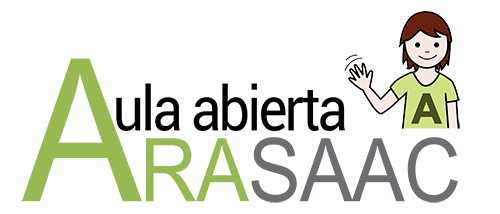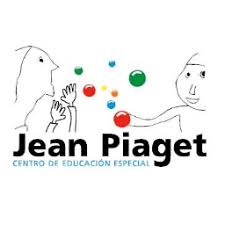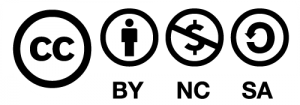Project description:
We copy and paste the document that has been passed to us from the CEE JEAN PIAGET:
«Explaining in a few words what it means to have a resource likeARASAAC in our daily lives is impossible. Impossible because ARASAAC is part of our way of operating, programming, planning, sharing and creating. It is inextricably linked to what it means to be a teacher atCEE JEAN PIAGET.
If we start from the current conception of intellectual disability, based on the AAIDD Intellectual Disability manual, published by Alianza in 2011 in Spain, the theoretical approaches on which to program our work here are clearly set out in chapter 14: ” Implications in education and good practices ”. There are three educational practices, it is pointed out in that chapter, that confirm the impact of the definition model of the American Association of Intellectual and Developmental Disabilities, and they are: Universal Design for Learning, the use of educational and assistive technology and the application of positive behavioral supports. If we look at these practices one by one, we will see ARASAAC reflected in itself.
Universal Design for Learning involves developing didactic materials that inform about the content, especially in basic academic areas, since the content is usually presented in printed formats, which for our students in most cases are inaccessible. It promotes flexibility in the representation of the content, in the presentation of the content, and in the demonstration of the mastery of the content. The adaptations that are made in the classrooms so that students can move independently, in the classroom space and throughout the day, controlling their own agendas, is key to achieving autonomy and better performance, and thanks to ARASAAC we have been able to develop both schedules, as anticipators, classroom space markers, activity scripts, task lists … as well as adapted curricular materials, in a manipulative way, to be able to adjust to the needs of our students and achieve greater understanding.
Instructional and assistive technology consists of both materials that are intended to teach ideas and concepts, and tools that help our students compensate for their disability. This is the case of students who cannot develop oral language, or their development is very delayed, and can communicate through Apps used by the ARASAAC Picts, such asLetMeTalk, for Android tablets, an application that many of our students use.
The application of positive behavioral supports emphasizes achieving classroom management to create a learning environment without interruptions, channeling behavior problems that may appear in a student. Before, it was considered that it was the person who had only to make adjustments. Now, the weight also falls, and with great force, in the environment, in the social and environmental context. It is important, then, to modify the environment to prevent the problem behavior from appearing, and we see examples of actions to achieve greater cognitive accessibility, as well as to teach appropriate behaviors to minimize the need for the appearance of problem behaviors, for example, teaching to express pain or physical discomfort. ARASAAC is, in this aspect, fundamental for our students and the intervention that takes place in our classrooms. We conclude, then, that a center that boasts of good practices for people with intellectual and developmental disabilities has to use ARASAAC.
So clear. As simple as that.”
Thank you very much for the recognition that you send us from the CEE JEAN PIAGETand we can only acknowledge the great work that is done by the entire educational community of the center and all our support to continue developing this fantastic work.
Congratulations!











